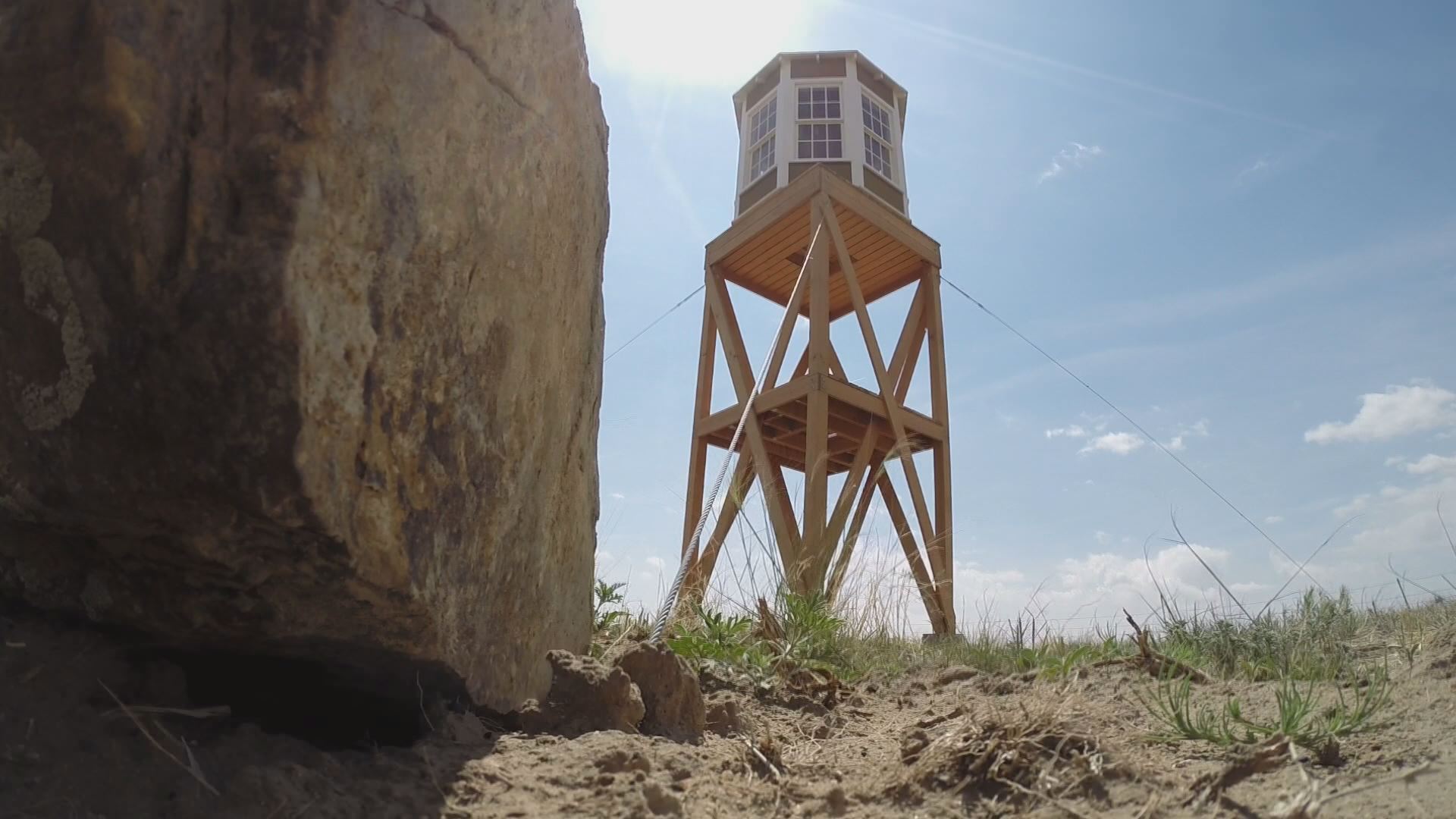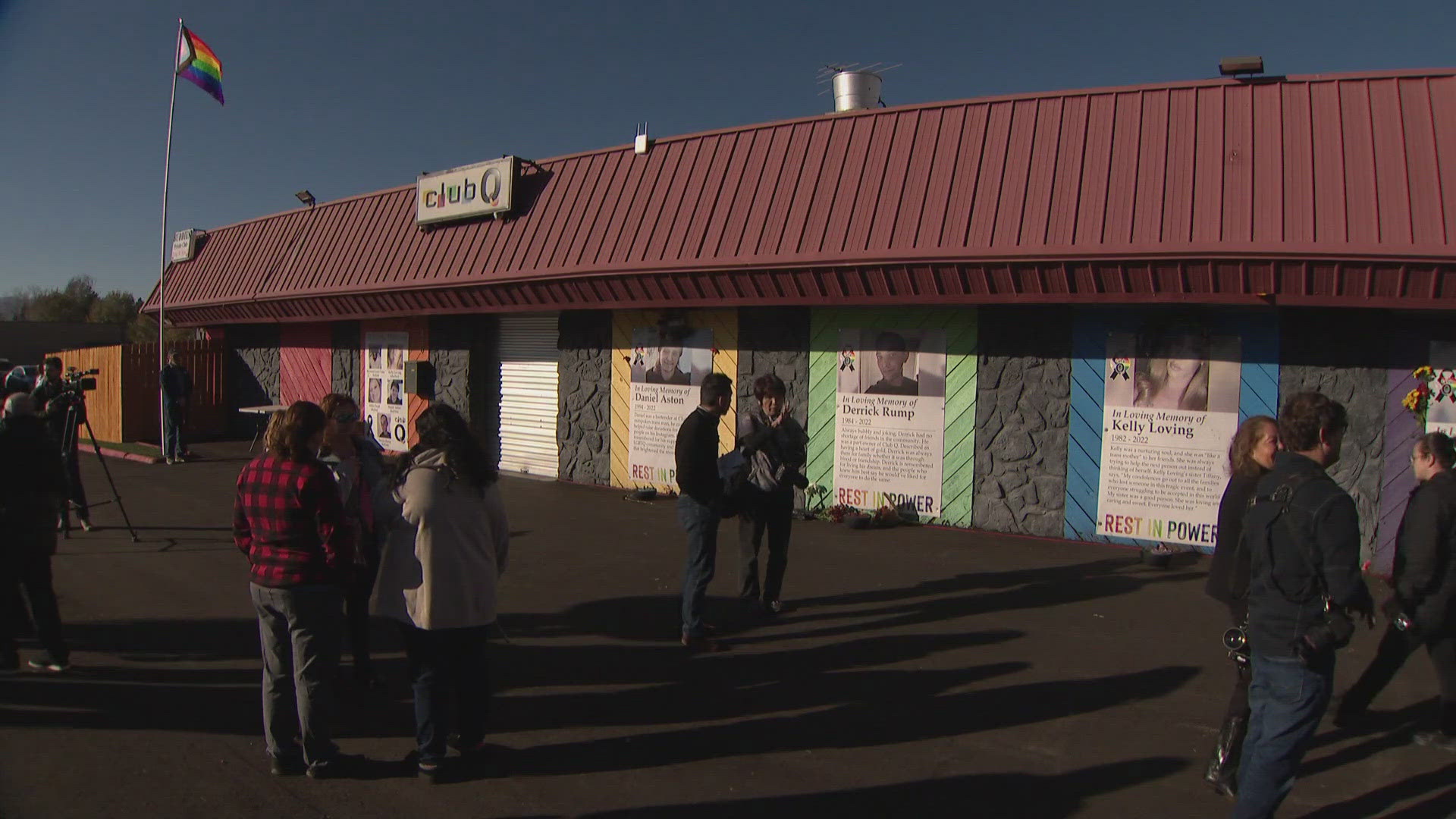KUSA - It is a place not well traveled - desolate, isolated.
Those are the very reasons that a small town in southeastern Colorado was chosen more than seventy years ago to house what was then considered "the enemy."
The year was 1942. Japan had just bombed Pearl Harbor.
Lily Havey was 10 years old.
She and her parents were forced to leave everything they knew and give up everything they owned; even their pets, to move to Granada, Colorado.
The American government called them relocation centers. Many of the Japanese Americans who were forced to go there called them concentration camps.
There were 10 of them. Most were located in the western United States. More than 120,000 Japanese Americans were taken by train to the camps. They were allowed one bag apiece and the clothes on their backs.
For a young girl like Havey, it started as an adventure.
"I'd never been on a train. How exciting could that be?" Havey remembers. "That was dispelled the first night. I understood we weren't just going camping."
One thing that sticks out in Havey's mind was the guard towers. There was one night when she had to walk from her barracks to the latrine.
"The guard towers were really frightening," Havey said. "It made shadows across everything. The guard was training his light on me and I didn't know whether I was going to be killed. We had heard rumors about the guards being trigger-happy. Why was he training his light on me?"
Those memories, as terrifying as they may be, are one reason she comes back. She brought her son and her granddaughter with her this time so they could see how she lived as a child. It's important to her. It is a pilgrimage.
The first formal pilgrimage to Amache was in 1976. It always takes place on the Saturday before Memorial Day Weekend.
The most recent pilgrimage was May 17. A busload of people from Denver made the four hour trip.
Once you get to Granada, a small road sign marks the place where you turn onto a dirt road into the camp. The concrete foundations of the barracks are still there. Barbed wire outlines parts of the perimeter. Cactus is everywhere.
Seventy-two years ago, it was a bustling community of more than 7,000 people. The Japanese Americans made do with what they had. They built schools, formed Boy Scout troops, taught sewing classes, ran silk screen shops and grew their own food.
The young people who were old enough went to war. They fought and died for this country, while their parents were prisoners of the country they served.
Therein is another story within itself: 442nd Regimental Combat Team
Thirty one Amache men died in the war, including one Medal of Honor recipient. Their names are inscribed on a monument at the Amache Cemetery.
It was an ugly time in our country's history. Wartime hysteria was rampant.
Aiko Okubo remembers one particular day. She was 11.
"On December 7, my friend and I were outside talking and her mother came out of the door of her house and said, 'Pamela, you come in the house. You don't play with those Japs,'" Okubo said. She pauses before saying the word. You can tell it's painful to even say.
"It really hurt," she said. "after that, she never said a word to me."
She also remembers being allowed to go into town to shop toward the end of the war and being spat upon by a young man.
Her son, Derek Okubo, remembers the impact the internment had on his dad.
"I hear my dad's words: 'a fine line between hope and despair on a daily basis,'" Derek Okubo said. "For the older generation, it's a cathartic experience," Derek says of the pilgrimage. "It's something where they can do some healing."
It's largely through the work of a history teacher in the small town of Granada that Amache has been preserved. John Hopper is the force behind The Amache Preservation Society. Since 1990, the group, which is made up of high school students, has set up a museum, reconstructed the water tower and one of the guard towers, tends to the grounds and has added key elements to the site.
"Listening to the families that are here, listening to their stories, families being broken up, just because of who the father was, being sent to Santa Fe while the rest of the family was here just tugged at my heartstrings", Hopper said. "I can't tell you how much I respect everybody that was at Amache and what they had to go through. They keep us going. They really do."
But the number of former internees making the pilgrimage has dwindled. About 15 are still alive in the Denver area. When you ask why it's so important that Amache remain alive in our collective memories, they all say the same thing.
"Because it could happen again", Bob Fuchigami, another former internee, said. "We had done nothing wrong. And there was nothing we could do about it."
It took 40 years for an apology. And in 1988, the federal government approved payments of $20,000 dollars to each internee.
Perhaps Derek Okubo sums it up best: "The imprisonment of our elders was not our defining moment. Their defining moment was: they didn't let that stop them."


